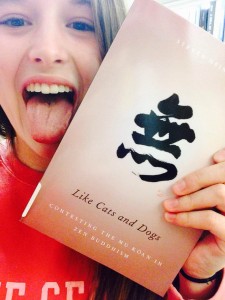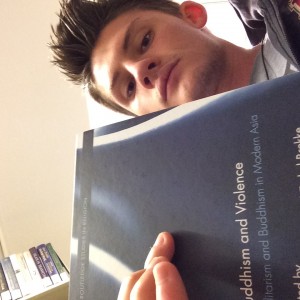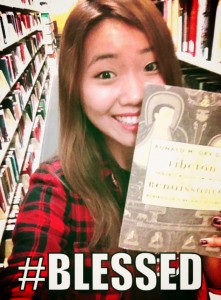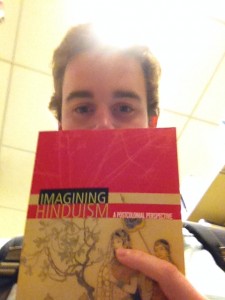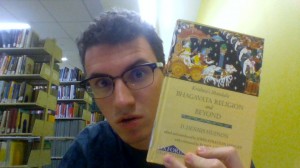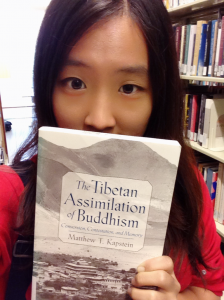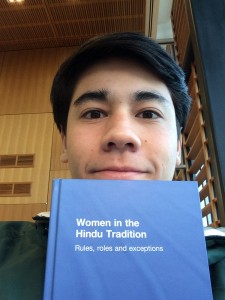I was very interested in the idea of Zen Buddhism since we hadn’t gone over it in great detail in class and because it is one of the more “well known” sects of Buddhism, at least everyone thinks they know what Zen is. I began my search by using the Lafayette library catalogue, where I searched the term “Zen Buddhism” and came up with a lot of hits. I probably could have narrowed this search down but decided to scroll through the first few pages of results. Immediately a title, “Like Cats and Dogs” by Steven Heine, stood out to me, I had no idea how this could relate to Zen Buddhism so I set out to find the book.
When end inspecting the book it turned out it was about the ko’an and the question “do dogs have Buddha souls” and the answer being “mu”. It focuses on the significance of the “mu”, deconstructing the “mu”, the textual and historical “mu”, other versions of the ko’an, and how the “mu” helps one achieve nirvana. I found it interesting that there was a whole book dedicated to this one question. And since we didn’t really talk about it in class, but it definitely was interesting and strange and something that might help me with my essay on Zen Buddhism. Perhaps I can explore the different ways the Zen Master helps his/her students move towards enlightenment through the use of this question.
On the shelf next to “Like Cats and Dogs” were other books some titled along the lines of “The Practices of Zen Buddhism” or “The Daily Life of a Zen Buddhist”. While these texts may not be as interesting as “Like Cats and Dogs”, they may be more helpful to gain a more basic understanding of Zen Buddhism for my essay.
Heine, Steven. “Like Cats and Dogs: Contesting the Mu Koan in Zen Buddhism”. Oxford: Oxford University Press, 2014. Print.
